Circa 1890
Height 26 cm
Width 17 cm
Depth 8 cm
L’Escalier de Cristal (1808-1923)
1808-1829
The beginnings: crystal and gilded bronze
Marie Jeanne Rosalie Désarnaud (1775 -1842) opened her store around 1808 in the galleries of the Palais-Royal garden with her brother Philippe Auguste Charpentier (1781-1815), a renowned engraver of semi-precious stones and crystal.
The trade quickly acquired prestige and fame. In 1812, they specialized their production by combining cut crystal and gilded bronze in the manufacture of works of art and furniture like the famous dressing table of the Duchess of Berry (Musée d'Orsay). The following year, the store grew again and added to the sale of crystals, porcelain and alabaster objects. It was this same year that a staircase was installed
surprising with crystal balusters that will become the emblem of the store.
The sole owner of the store when her brother died in 1815, the widow Désarnaud continued to make her business prosper. It targets a princely clientele, thus obtaining the patent of "supplier of the king's crystals". She participated in the 1819 exhibition at the Louvre where she was awarded a gold medal for the crystals adorned with bronze. It was during this exhibition that she presented the dressing table in crystal and gilded bronze accompanied by her antique armchair also in crystal.
Having become a wealthy woman, Marie Désarnaud sold her business in 1829 to Jacques Boin, a tailor-engraver who also worked at the Palais-Royal.
1829-1840
The Boin-Lahoche association and the development of tableware 1829-1840
At the beginning of the 1830s, Boin retained the prestige attached to the shop of the widow Désarnaud, attested by the presence of a royal and princely clientele. Nevertheless, the new sign reduces the mention “à l’Escalier de Cristal” in favor of “Boin tailor and engraver on crystals”.
Perhaps due to commercial difficulties, in 1840 Boin joined forces with another merchant, Pierre-Isidore Lahoche, who greatly contributed to the store's renewed prestige. This new association coincides with the development of Russian service in French meals requiring new serving pieces, a real boon for the two merchants who are embarking on this new path. In 1844, they participated in the Exhibition of Industrial Products, noticed by journalists who did not fail to underline their approval for the new production of the neo-Rococo store so fashionable in the 1840s. fashion, he succeeded in embodying, with an elegant clientele, what could be called "good taste" in the late 1840s and early 1850s.
1852
The arrival of the Pannier family in business
In 1852, Pierre Isidore Lahoche decided to join forces with Emile Pannier, son of a potter, married to his daughter Célina Lahoche.
The 1850s were also the beginning of the first Universal Exhibitions in which the store participated diligently, thus increasing its reputation in France but also abroad. Anxious to conquer an increasingly large international clientele, Lahoche and Pannier did not hesitate to cross the Atlantic to present their articles in New York where they were rewarded with a silver medal in 1853. They were also rewarded with another silver medal at the Universal Exhibition in Paris in 1855 and commissioned by Napoleon III. The latter buys them a cut ruby crystal goblet with a gilt bronze cone.
Their success is due to their ability to follow the fashion and taste of their time. In addition, anxious to reach an ever-growing clientele, Lahoche and Pannier also produce more affordable works of art, in particular thanks to new processes such as electroplating. The store thus allowed this more modest clientele to acquire objects of "good taste" while imagining that they belonged to a higher social category.
The London World's Fair in 1862, where their production won a bronze medal, was the last the partners attended together. In 1863, Lahoche retired from business. Émile Pannier, who remained solely responsible, kept the double name for a few more years in order to preserve the reputation enjoyed by Lahoche.
1863-1885
Émile Pannier and the upheavals of the Second Empire
The Universal Exhibition of 1867 in Paris is a very important event for Émile Pannier, since it is his first participation alone. For the occasion, although he still keeps the name of his previous partner, he has now reversed the surnames, his previous name now that of Lahoche.
The Crystal Staircase once again won a bronze medal and was the subject of all the praise. Thus we can read in the catalog of the exhibition: “Each exhibition is the occasion of a triumph for the Crystal Staircase; his reputation seems unable to grow any further, and he could take that proud motto of the houses of old nobility: I will uphold. But in industry, to maintain is to progress. Mr. Pannier-Lahoche, its young and skilful director, knows it and proves it. The showcases granted to him at the Palais de l'Industrie are too small to contain all the masterpieces that have come out of his workshops. He has organized a permanent exhibition in his shops in the Palais-Royal which makes it easier to judge the resources and the importance of his house. It is there that stand in all their brilliance these complete table services in porcelain and decorated crystals, with centerpieces mounted in gilded bronze and old silver, which the house has made a specialty of […]”.
The high quality of its production brings to the store a larger princely clientele. It now includes the Tsar, the Emperor of Austria, the Kings of Spain, Portugal, Prussia, Holland, the Dukes of Württemberg, and the Princes of Orange and Wales.
1872
Store relocation
After almost 70 years of existence and the succession of four different owners, the Escalier de Cristal store has moved to the new district of Baron Haussmann, opposite the grand opera still under construction, at 6 rue Scribe and 1 rue Auber in 1872. Aware of the importance of the famous crystal staircase, a true emblem of the store, it was also moved to the new location. Nevertheless, the engravings published in the newspapers of the time show that it now only presents a single volley instead of a double revolution. The new store, larger than that of the Palais-Royal gallery, allowed for a more extensive production and a more structured exhibition similar to that of a private residence, thus increasing customer loyalty.
1885-1923
The Pannier brothers, last owners
Émile Pannier sold the store in 1885 to his two sons Georges (1853-1944) and Henry (1855-1935) whom he had trained. Trendsetters, they manage to maintain, in the field of decoration, a tradition of high quality, adapting at the same time to the fashions of the day. Highly creative, Henry is responsible for many creative designs and greater production success in today's market.
Always in the tradition of the store since its beginnings and having no workshop within the company, the Pannier brothers call upon the best craftsmen and artists for the realization of the goods. In this, Henry's notebooks are a real source of information. We find the names of the collaborators, that of the customers as well as very precise drawings of the works, allowing certain attributions in the absence of signature. However, there are only objects created for the store and not the works deposited, with the exception of those imagined by Émile Gallé, the only artist placing his signature next to that of the Crystal Staircase.
The 1880s
Japonism
After Japan's participation in the Universal Exhibition of 1867 and the discovery of its art so different from traditional European criteria, a real craze arose. European artistic production then followed this fashion and many artists and cabinetmakers specialized in Japanese creations, such as Lièvre, Viardot or even Rousseau for glassware. The Pannier brothers find in this new fashion the opportunity to diversify their production. Henry notably uses Japanese prints, whose motifs he sometimes uses in the same way, or by drawing inspiration from them, to serve as decoration for certain ceramic or glass works.
The 1890s
furniture production
The marriage of Georges with Julie Damon, heiress of the famous furniture trading house Damon-Kriege as well as the move to more spacious premises was beneficial to the idea of creating furniture.
As early as 1891, the Escalier de Cristal appeared in the Didot-Bottin almanac for the first time in the section “Manufacture and furniture trade. Fancy furniture and small furniture”.
Henry Pannier's notebooks provide an almost exhaustive knowledge of the production. We note that a large part concerns the recovery of 18th century or style furniture, still very popular at the end of the 19th century.
However, we also see creative furniture inspired by Japanese fashion. It seems necessary to emphasize the importance of the influence of Édouard Lièvre, some of whose designs and models, sold at his sale after his death in 1890, were acquired by the Pannier brothers. A true source of inspiration for some of Henry Pannier's creations, it was one model in particular that was at the origin of the series of six Japanese-style cabinets that are now considered their best-known and most accomplished production. Four of them have now been found, one in the Hermitage Museum in Saint-Petersburg bought by a Russian client, Grand Duke Wladimir, three others sold at auction. The design is more refined and less loaded with bronze, and each one has a variant thus adapting to the taste and the purse of each sponsor.
We also read in the notebooks the participation of great names in cabinetmaking at the end of the 19th century such as Gabriel Viardot or Louis Majorelle, further proof of the importance of the store on the artistic scene of this end of the century.
1923
Store closing
The Crystal Staircase owes its closure to the events that upset the beginning of the 20th century and the sudden death of the main heir.
Indeed, the two brothers had judged that Jean Pannier, Henry's son, was not capable of taking over the management due to his lack of skills and taste for the arts. Conversely, Robert, the son of Georges was destined for this takeover thanks to the commercial training he had received and his artistic skills. Unfortunately, he died in 1907, when he was only 22 years old.
Moreover, although until now Henry and Georges follow fashions in order to meet the taste of their customers, we see that the lines of production do not evolve towards the Art Nouveau style and even less those of Art Deco. from the 1920s. Indeed, the decoration which tends to be purified with the advent did not correspond to the spirit of the Pannier brothers.
Finally, the First World War and the Russian Revolution of 1917 undermined the luxury trade and especially the wealthy clientele of the store, which was largely made up of the Russian aristocracy.
Exhibition and Bibliography:
Michaela Lerch & Dominique Morel - Baccarat: the legend of crystal - Catalog of the exhibition organized at the Musée du Petit Palais, Paris, in 2015, museum edition.



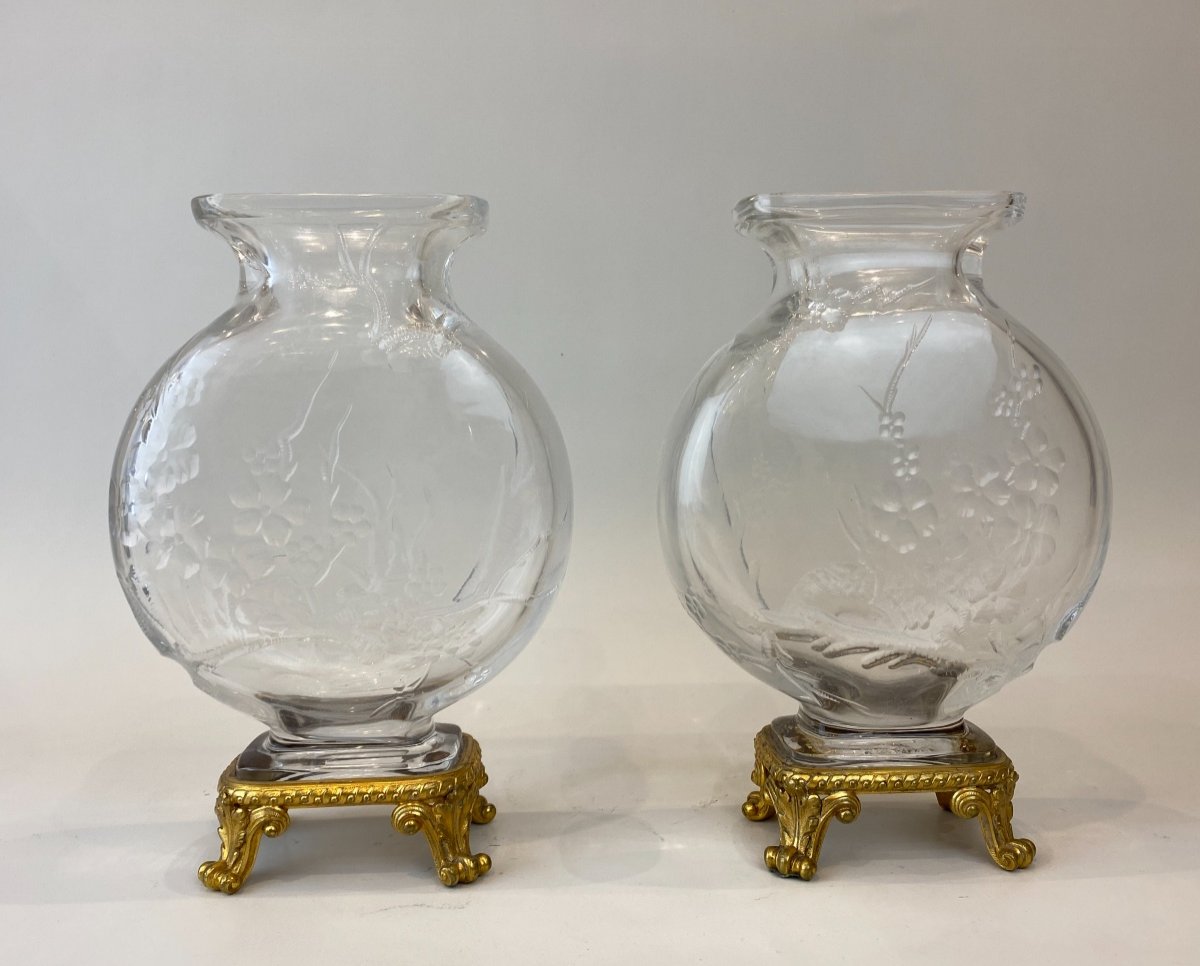
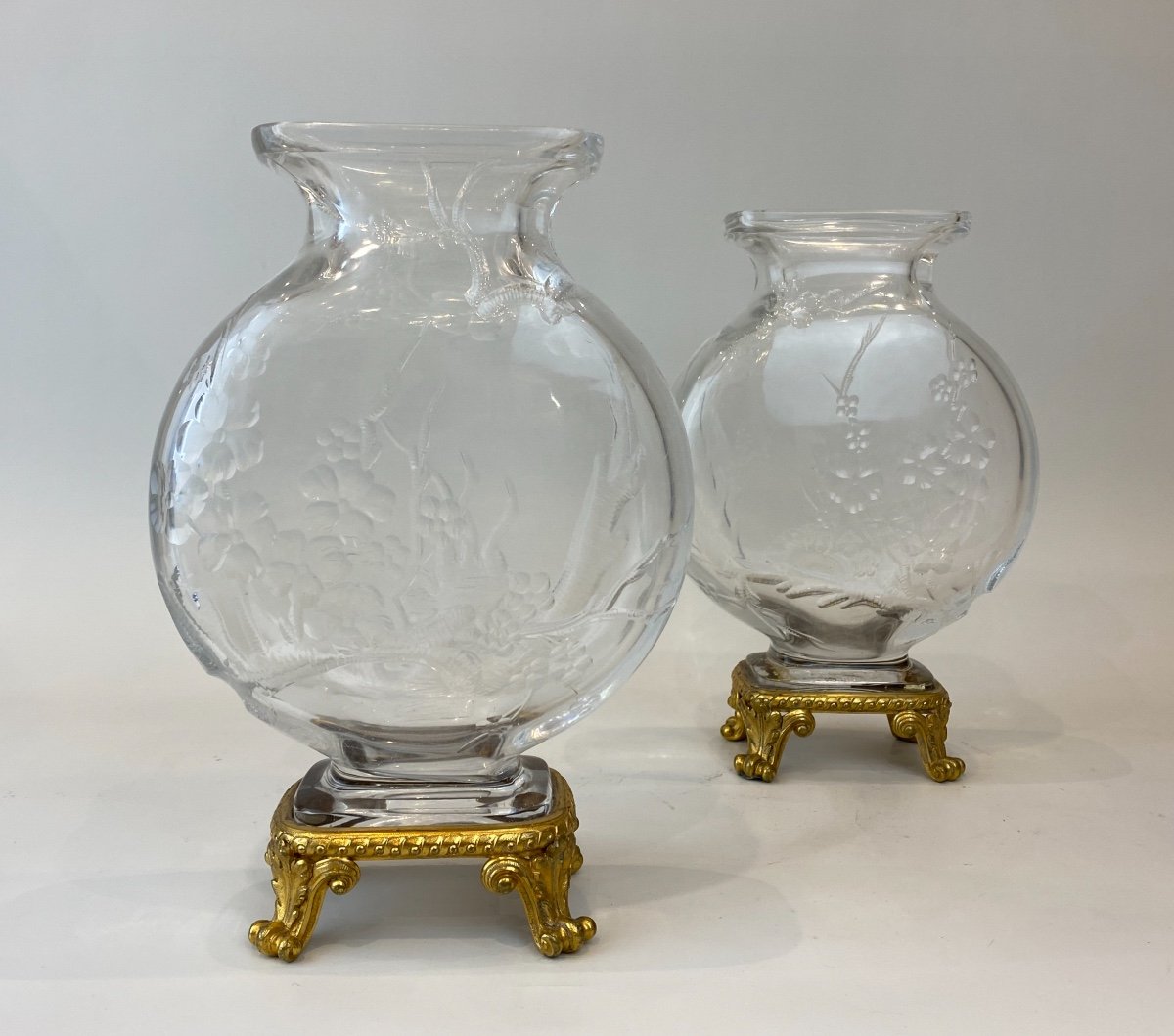

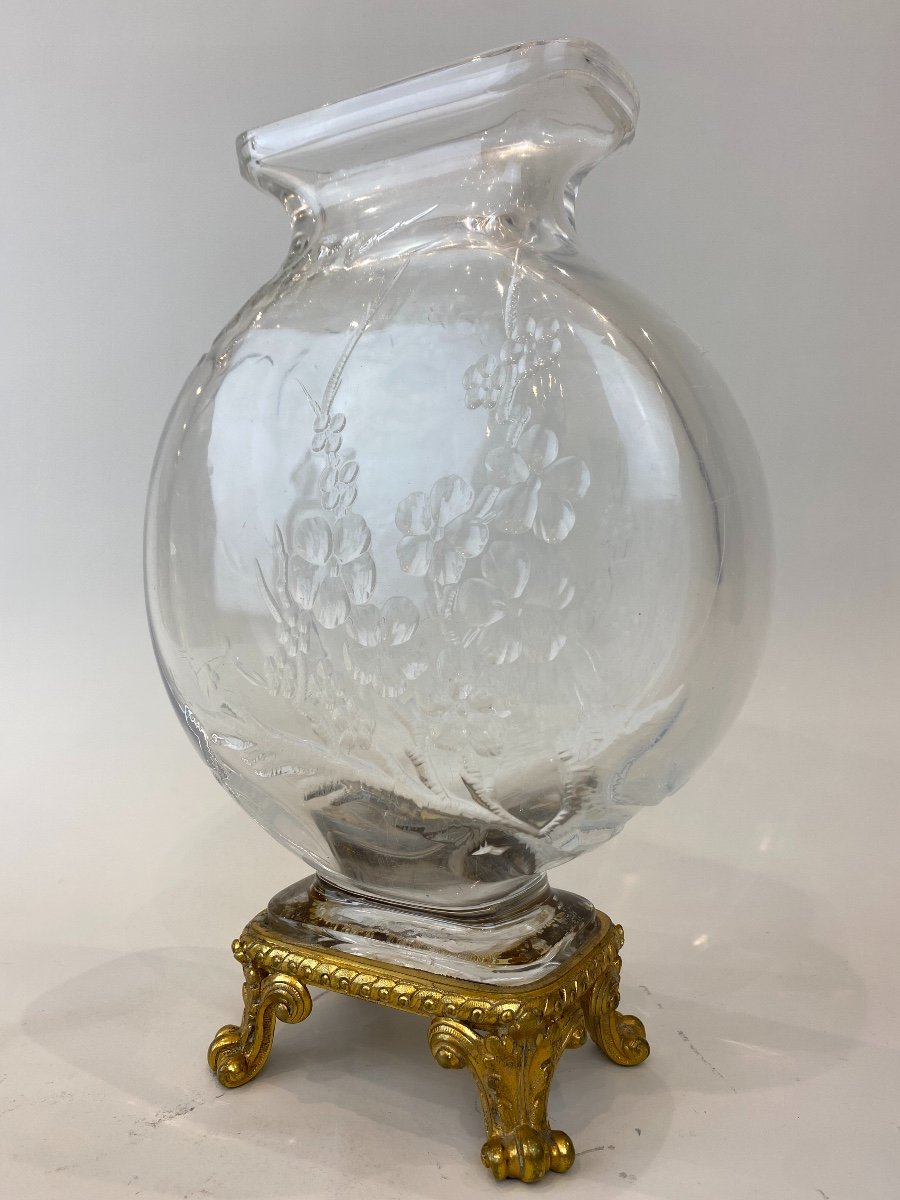
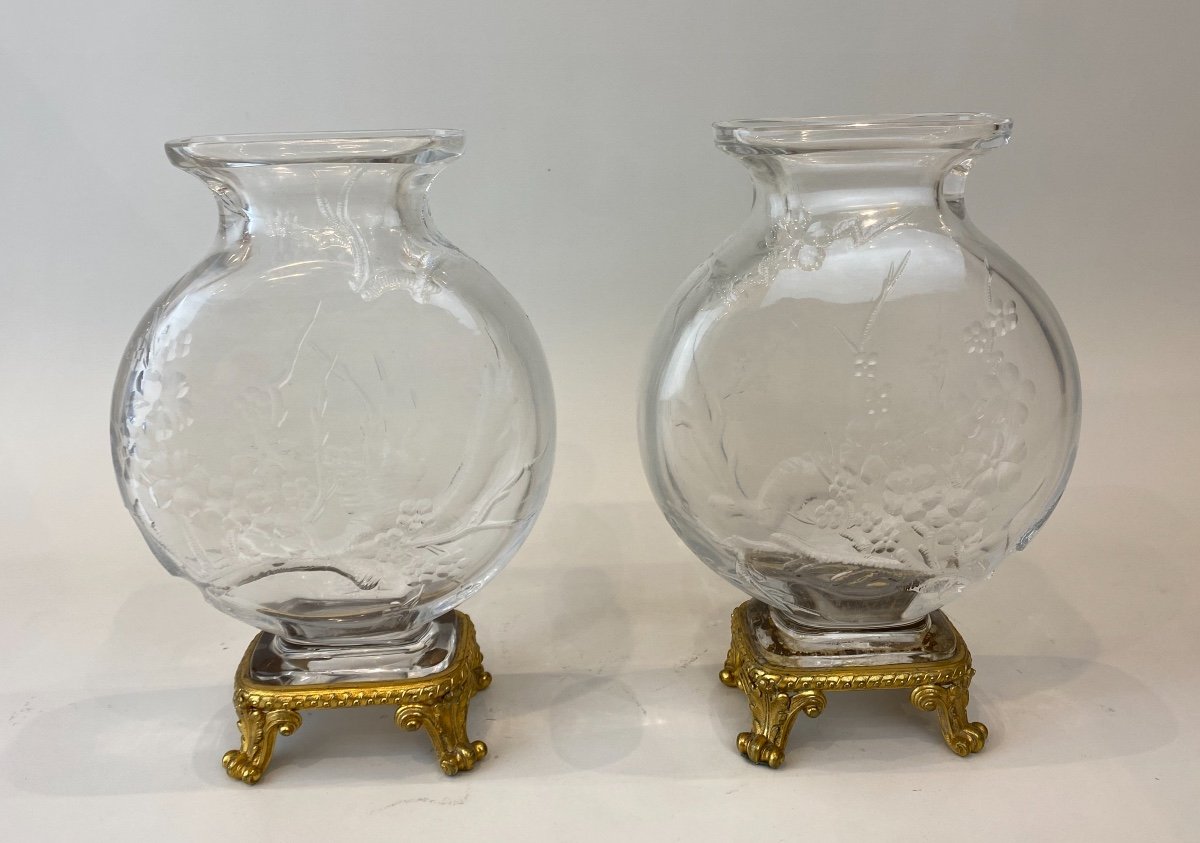

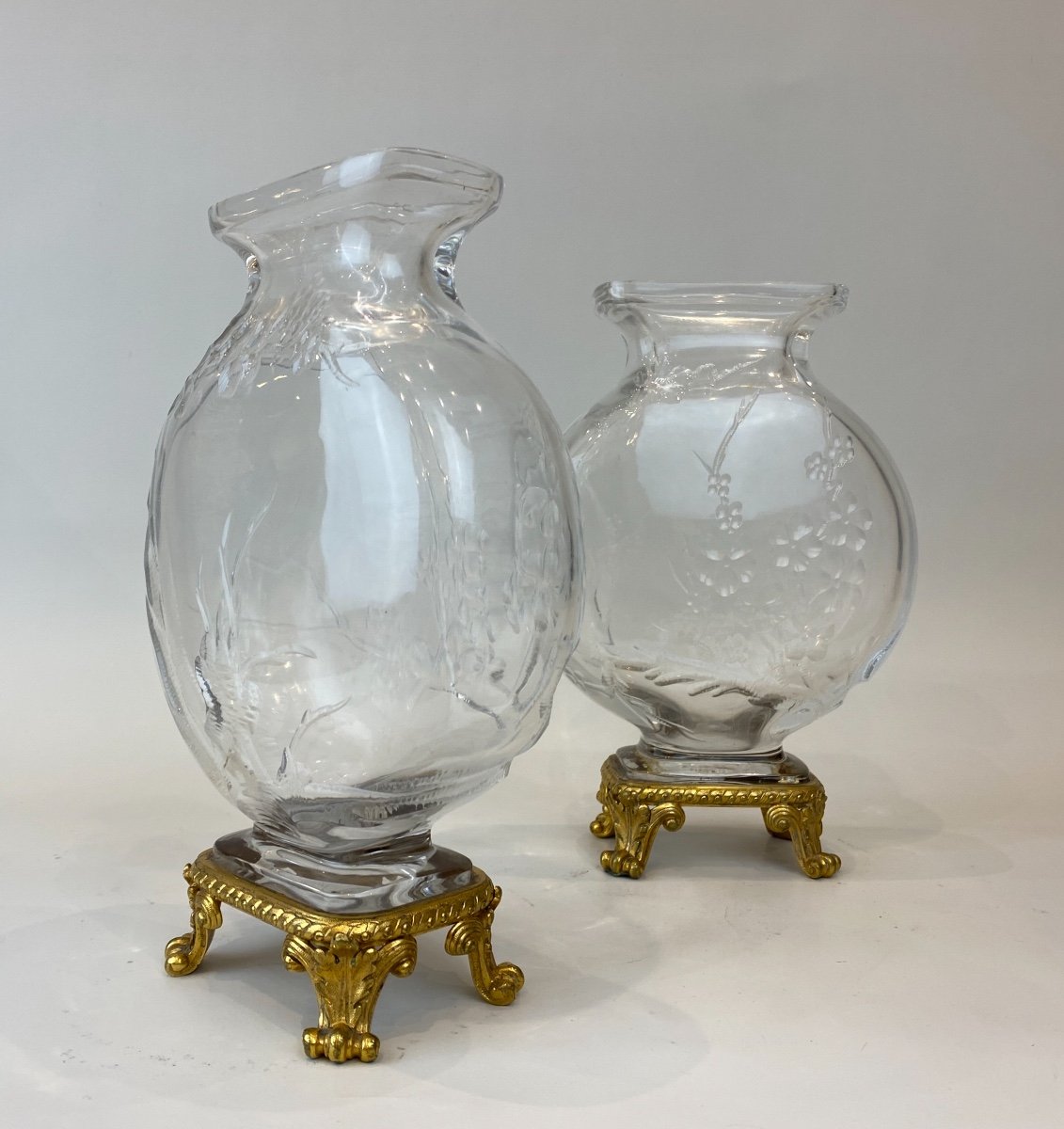

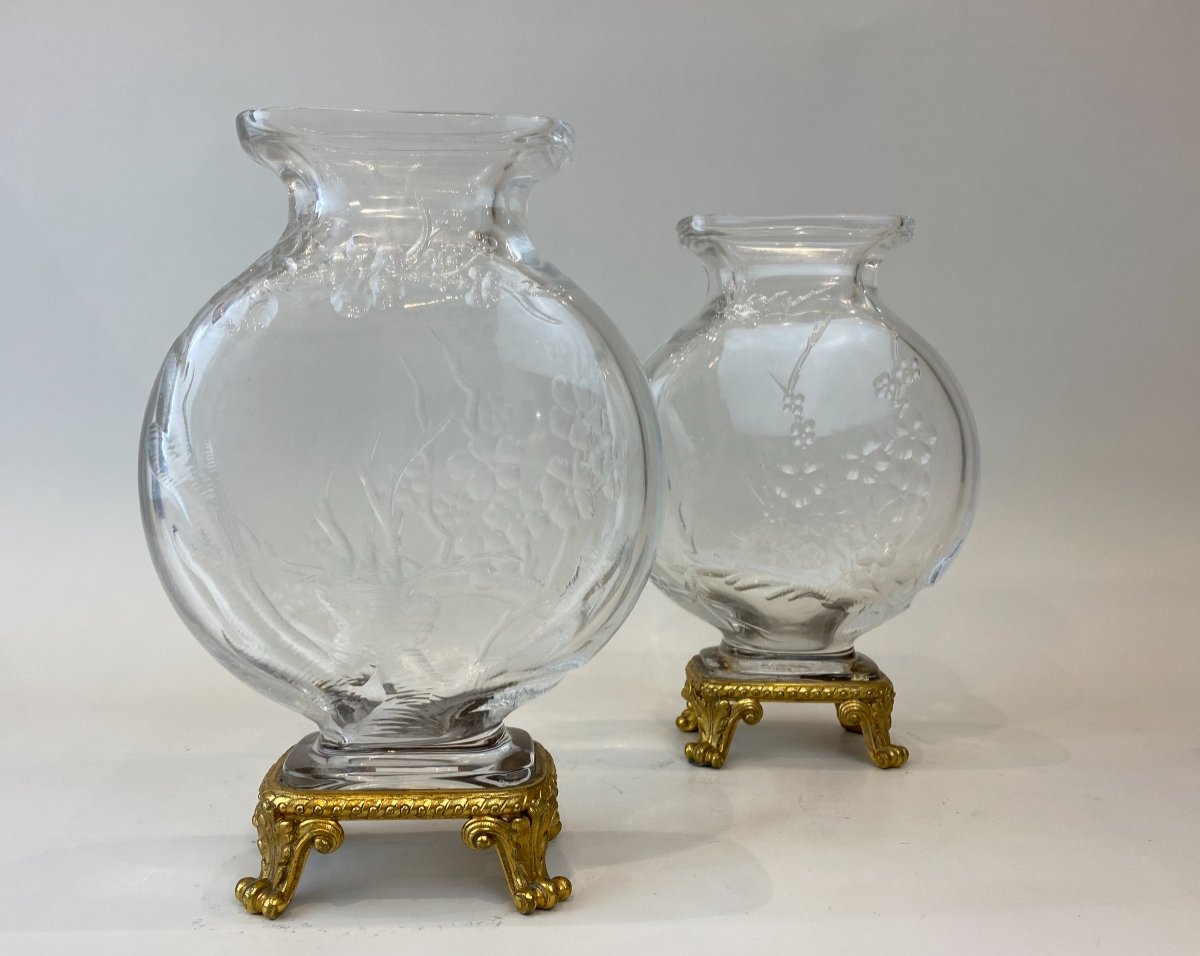

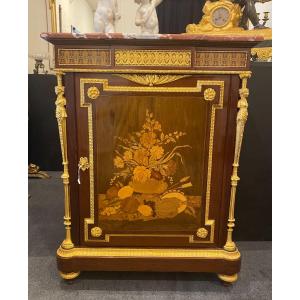

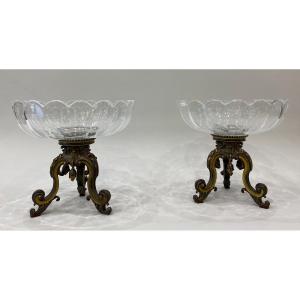


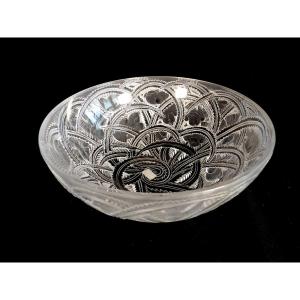
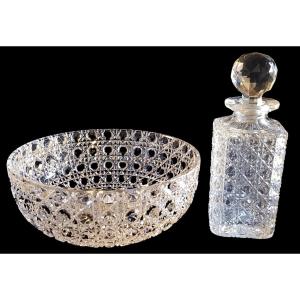







 Le Magazine de PROANTIC
Le Magazine de PROANTIC TRÉSORS Magazine
TRÉSORS Magazine Rivista Artiquariato
Rivista Artiquariato
